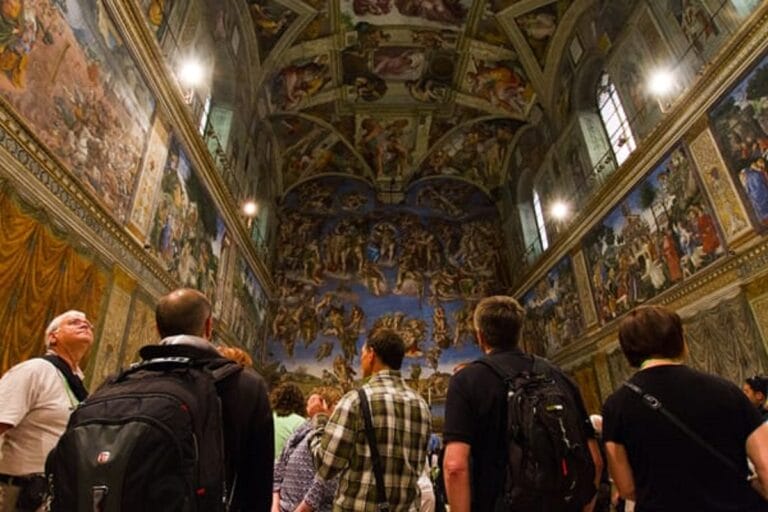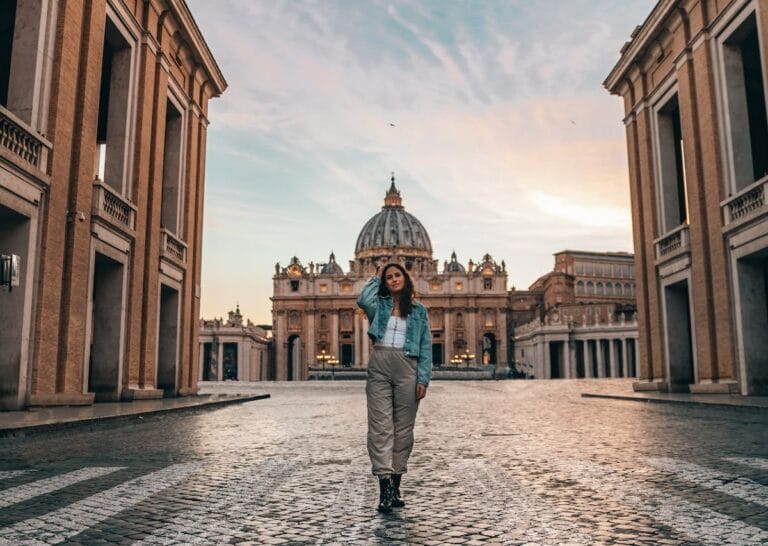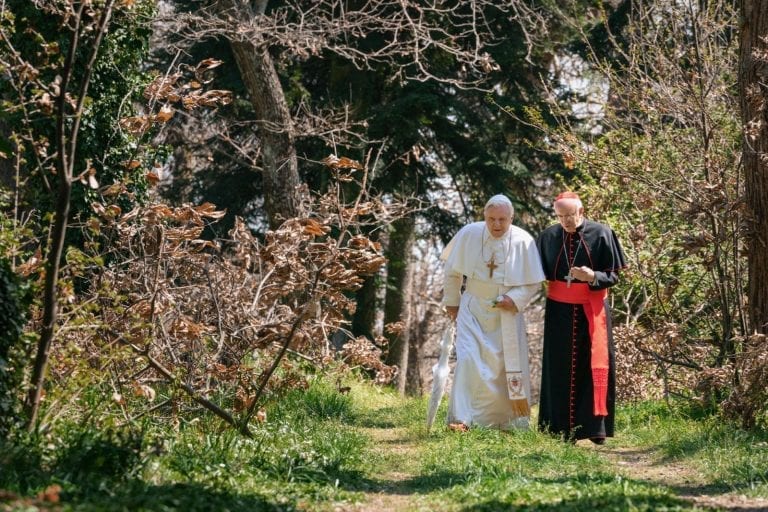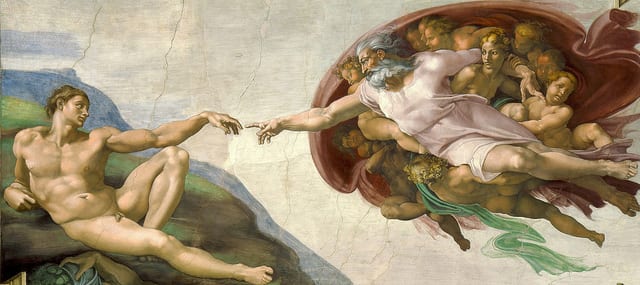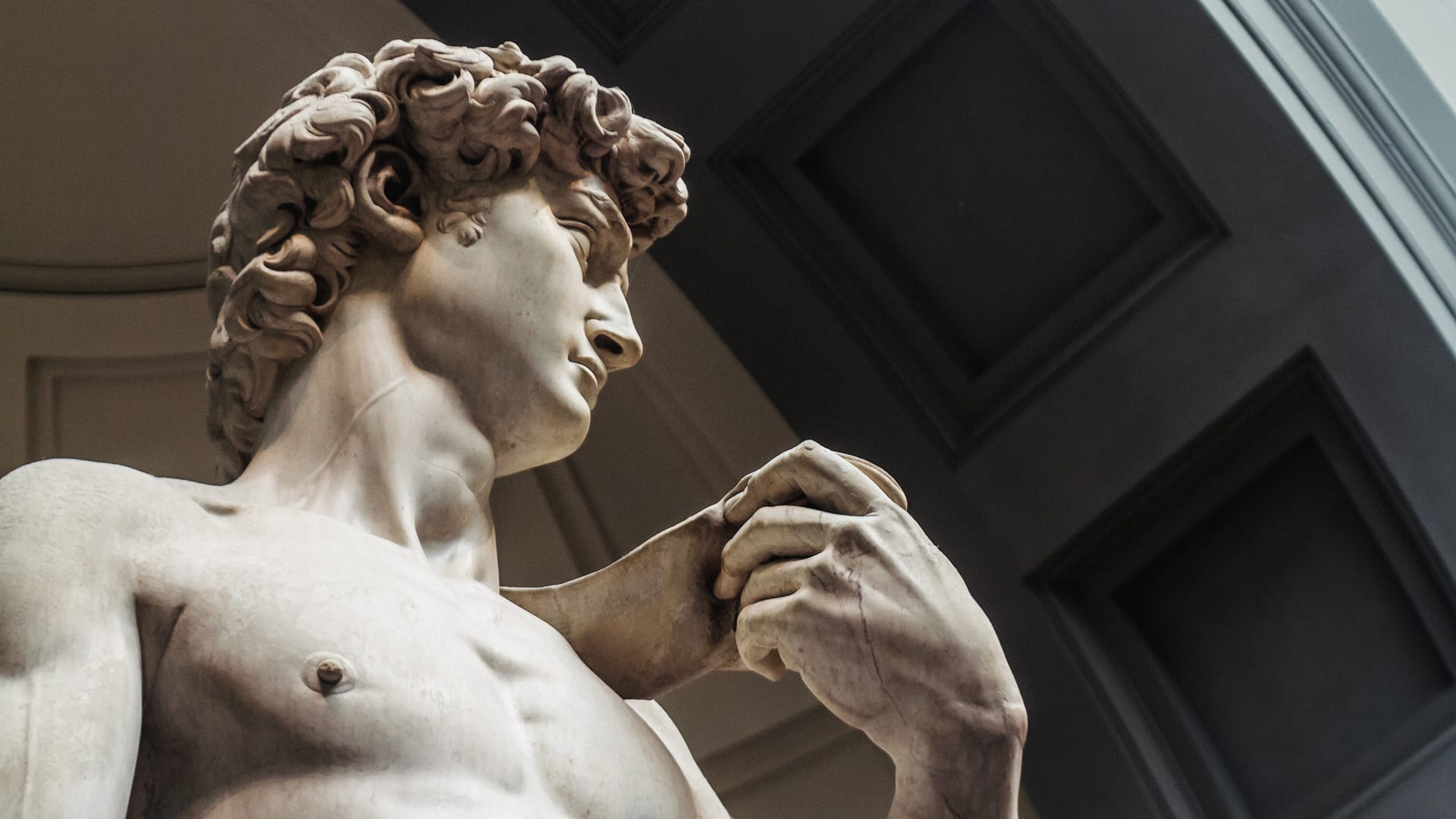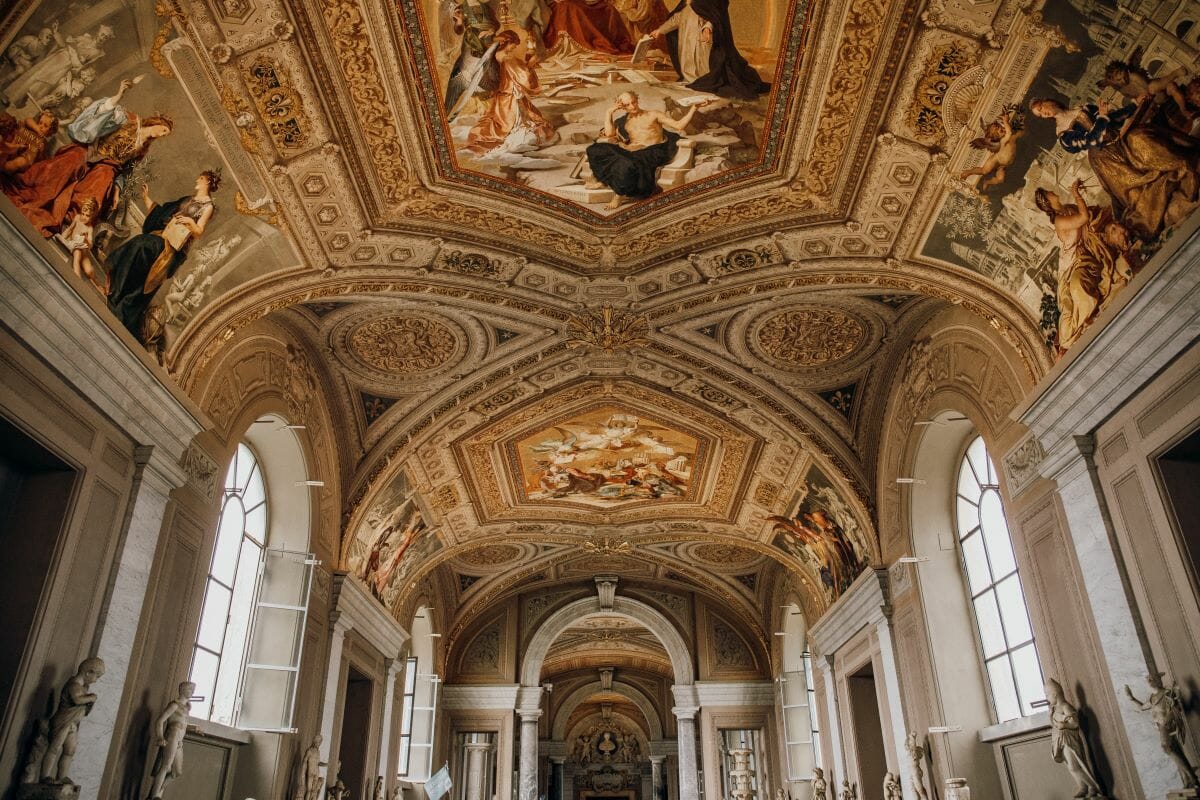
The 10 Best Things To Do in Vatican City
November 13, 2024
Did you know that Vatican City is actually the smallest country in the world? But don’t let its size fool you. Even though this city-state has a population of only around 1,000 people, it draws in thousands of visitors every day, and there’s a lot to see and do within its confines.
With its collection of some of the most monumental works of art globally and its iconic buildings, it’s no surprise that a trip to the Vatican is often considered a once-in-a-lifetime experience.
Of course, there are a few must-sees such as St. Peter’s Basilica, the Sistine Chapel and the Vatican Museums, but if you find yourself with a bit of spare time or want to do something off the beaten track there are plenty of unique and lesser-known spots too such as the Vatican Gardens, Mosaic Studios, or the underground archeological excavations.
From bigger sites to hidden treasures, here’s your definitive list of the best things to do in Vatican City.
Table of Contents
ToggleVisit St. Peter’s Basilica–and the Vatican Grottoes beneath
No visit to the Vatican would be complete without seeing St. Peter’s Basilica. One of the largest churches ever built, the building that we see today is actually the second St. Peter’s Basilica. Originally built in the 4th century by Emperor Constantine, the Basilica marked the site where St. Peter was supposed to have been buried. However, by the 1400s the church was in a state of disrepair and was knocked down to be reconstructed under the orders of Pope Julius II.
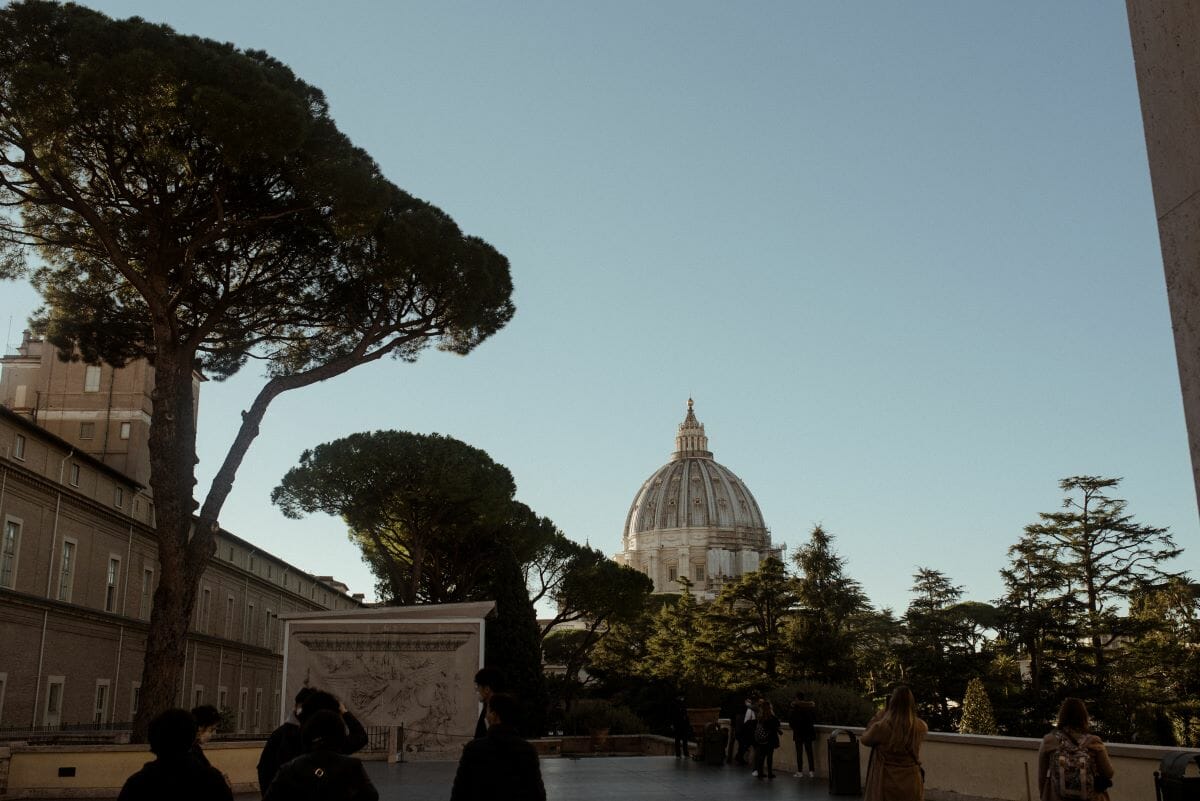
St. Peter’s Basilica is built upon the burial site of St. Peter, one of Jesus Christ’s apostles and the first Pope.
Today, the site is free to enter but be sure to get there early as there can be long queues, especially during the summer months. While there is a charge to climb St. Peter’s Dome and to enter the basilica’s treasury, both are well worth the fee.
During your time in St. Peter’s Basilica you’ll also want to check out the Vatican Grottoes housed directly underneath. Be sure not to miss the entrance which is tucked away near the Pier of St. Andrew by the high altar. Here, you’ll find the tombs and sarcophagi of several popes. Be aware that the Grottoes’ exit will lead you outside of the Basilica, so you’ll want to make sure this is your last stop to avoid having to queue up again!
See Bernini’s Colonnade at Saint Peter’s Square
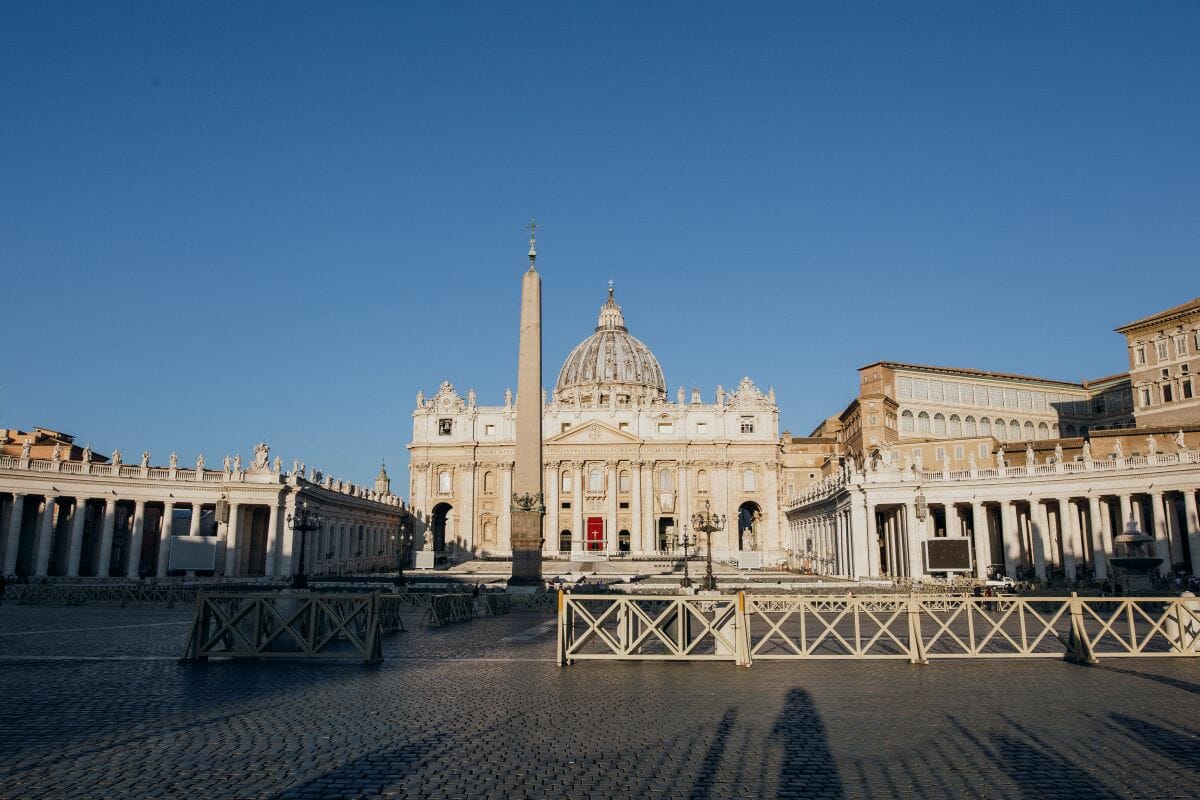
The design of Bernini’s Colonnade is supposed to symbolize the Church’s welcome and embrace of visitors and pilgrims from all corners of the world.
Bernini’s Colonnade at Saint Peter’s Square is one of the most iconic parts of Vatican City and a must-see for visitors near and far. St. Peter’s Square is located directly in front of its eponymous Basilica. Built from a design by Bernini between 1656 and 1667, the square has become one of the most famous of its kind. Seen from above it resembles a giant keyhole with two large colonnades which Bernini intended to resemble the “motherly arms of the church.”
Tourists and visitors often gather at this spot within the Vatican Museums to catch a view of the Papal Apartments (the private living quarters of the Pope within the Apostolic Palace in Vatican City) and witness the Papal Address, which typically takes place on Wednesdays when the Pope is in Rome.
St. Peter’s Square is free to visit and doesn’t close unless there’s a special ceremony going on.
Insider’s tip: The schedule for the Papal Address can vary, and it’s important to check the official Vatican website or other reliable sources for the most up-to-date information regarding the timing and location.
Visit the Sistine Chapel
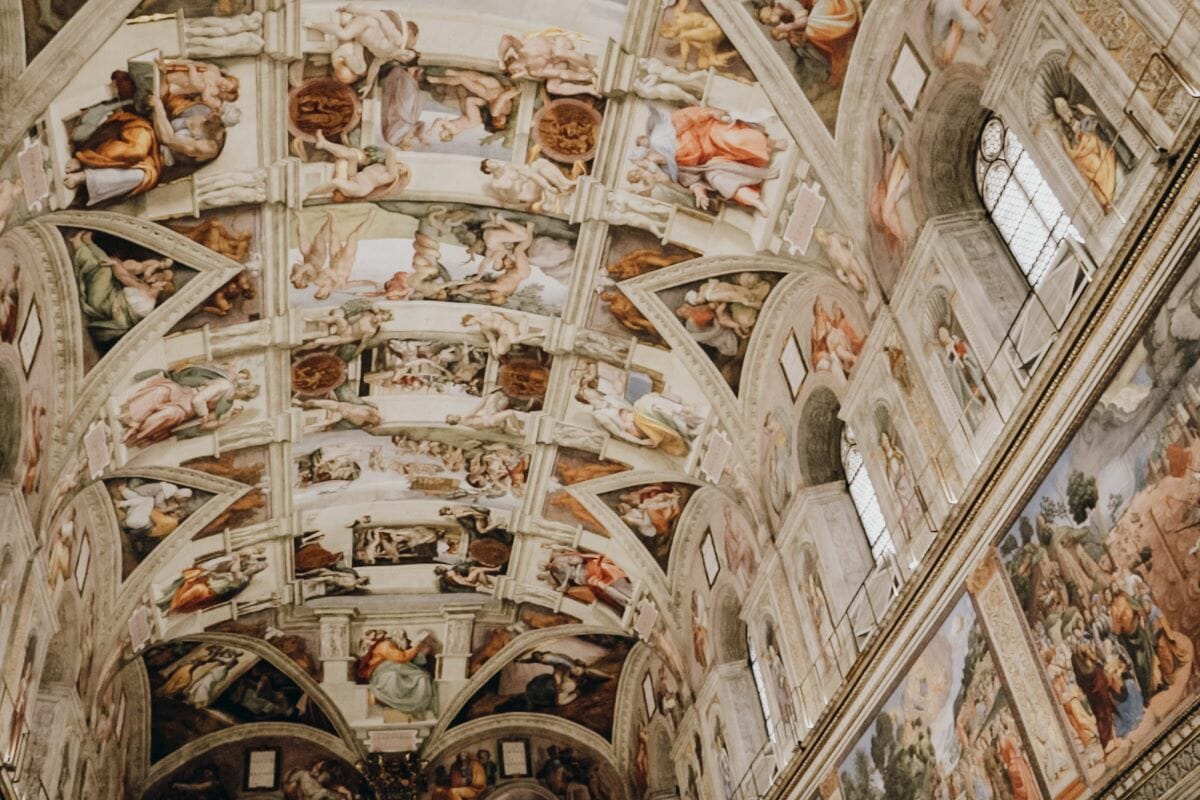
Michelangelo’s work demonstrates his skill in capturing human anatomy and emotion.
Not only is the Sistine Chapel one of the most famous chapels in the world, we’re prepared to say it ranks as one of the most famous buildings in the world. Forming a small part of the Apostolic Palace—the Pope’s official residence—the Sistine Chapel was named after Pope Sixtus IV who commissioned the building during the 15th century. Today the chapel is both an attraction and the site of the Papal conclave for the election of the new Pope.
One of the main reasons for visiting the Chapel is for the stunning artwork and must-see frescoes adorning the ceiling that were completed by Michelangelo from 1508-1512. Though all electronic devices are banned during the conclave, on a normal day you might just be lucky enough to get a selfie with the Pope, as previous visitors did.
If you’re looking for an exclusive and intimate visit, the VIP Vatican Key Master’s Tour: Unlock the Sistine Chapel allows you to enter with Key Master before dawn and have the museums to yourself for two full hours.
Check out Castel Sant’Angelo
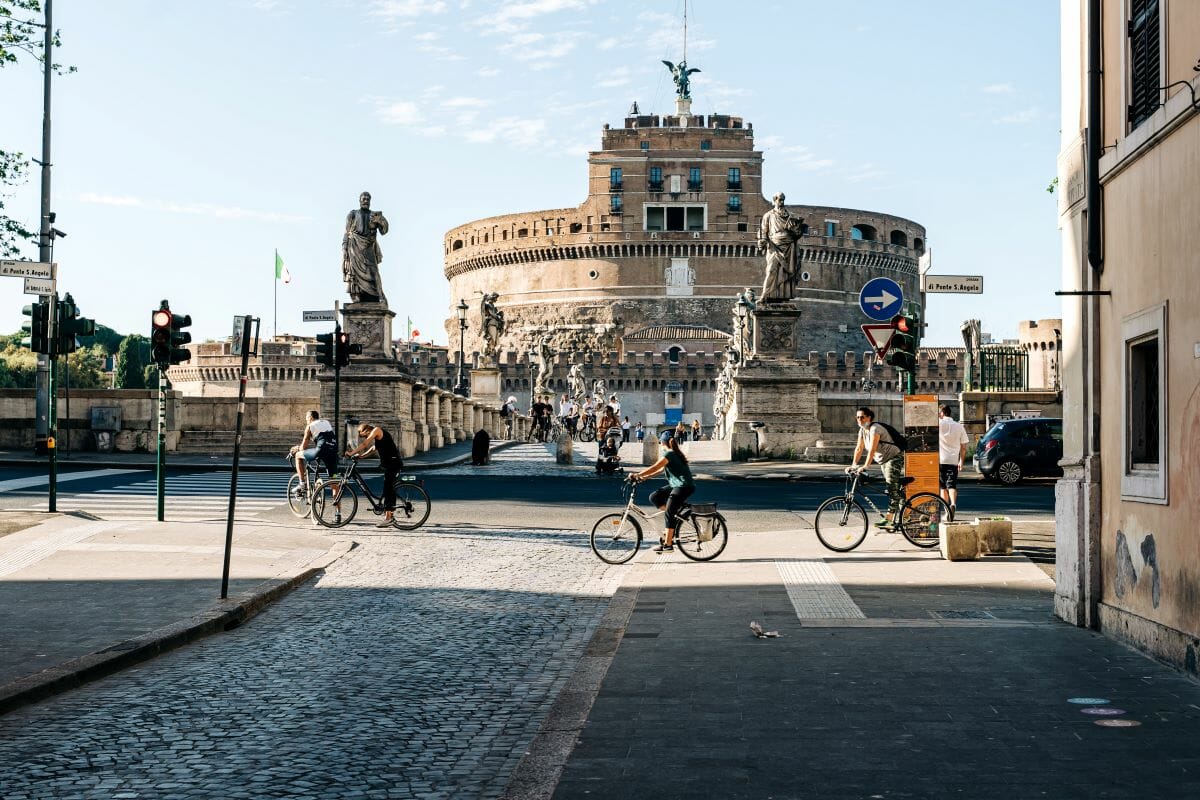
Castel Sant’Angelo is located on the right bank of the Tiber River. Photo credit: Gabriella Clare Marino
Although not technically located within Vatican City’s official boundaries, Castel Sant’Angelo is intricately linked to the Vatican through a historical passageway known as the Passetto di Borgo. Running 800 meters long it served as a refuge—not once, but twice—when the serving pope found his life in danger.
Originally, the building was commissioned by Emperor Hadrian as a mausoleum for his family during the Middle Ages. But its favorable position next to the river soon resulted in a change of function. Instead it became a defensive fortress when the city came under threat and, thanks to its unassailable structure, the Popes also used it to store their treasure during times of attack.
Inside you can see a collection of weapons and armor, Renaissance frescoes, and the Papal residence. To really get the most out of your visit, explore it with an expert in all things Roman history on our Roman Icons: Pantheon to Castel Sant’Angelo Tour.
Send a Postcard from Vatican City
Before Instagram, travelers posted something else as a memento of their travels…postcards!
Whether you’re a postcard collector or simply want something unique to do whilst in Vatican city, sending a postcard from the Vatican is a fun and cost-effective activity anyone can enjoy. It’s also a unique opportunity to send mail from this unique place! Send one to family, friends, or even to yourself at the Vatican Post Office which is located on the right at the exit of St. Peter’s Basilica.
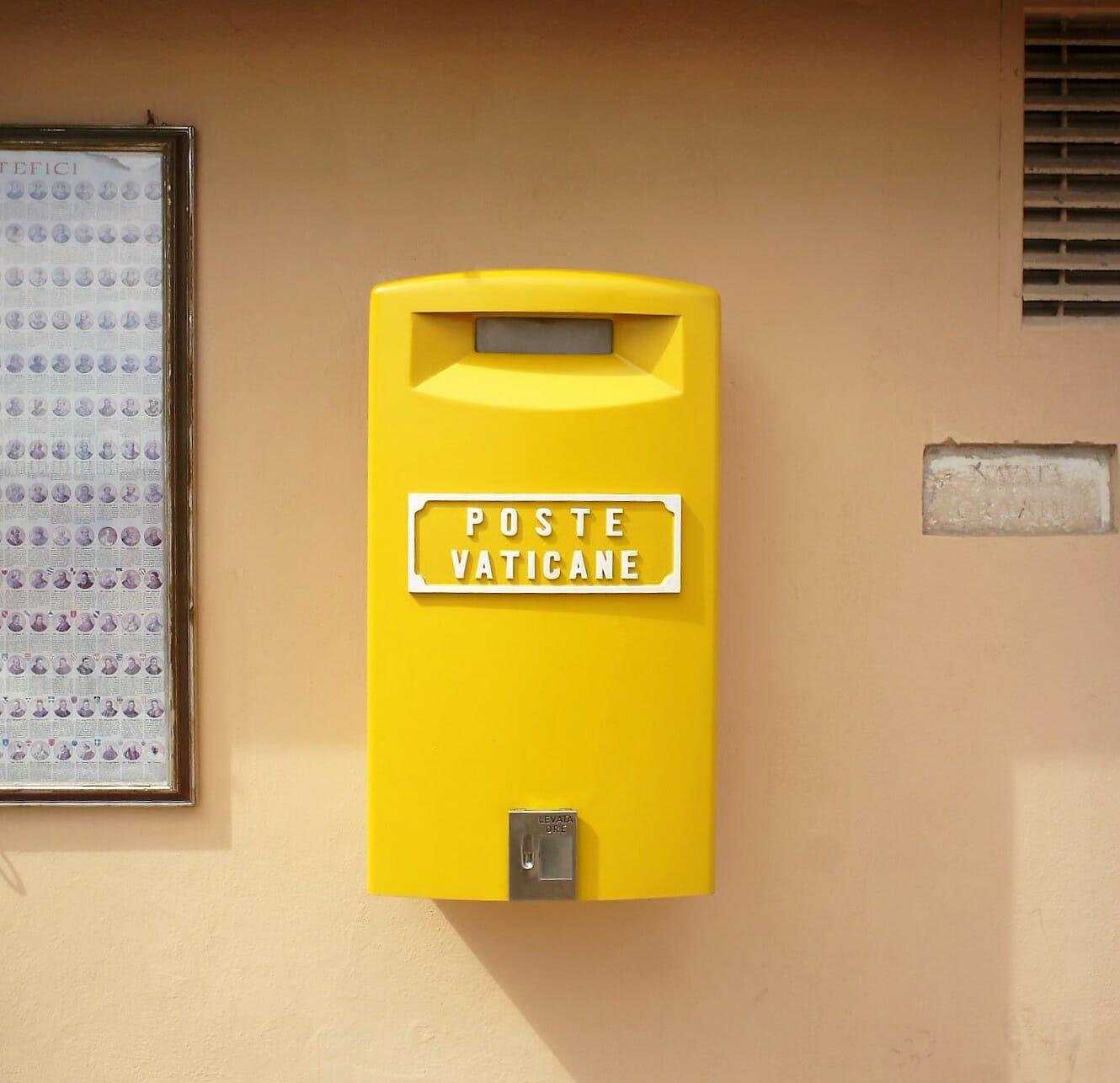
Vatican City is an independent city-state with its own postal system, and it is not part of the Italian postal system. Photo credit: Filip Mishevski
Make (plenty of) time for the Vatican Museums
One of the main draws to the Vatican is undoubtedly the Vatican Museums which contains a mesmerising total of fifty-four separate collections. Spanning nine miles of masterpieces, the Museums feature works by Raphael, Leonardo da Vinci, and Michelangelo, ranging from paintings to sculptures and mosaics. All in all it’s estimated that the collection is worth over €15 billion. So it’s certainly a place worth taking the time to explore.
The Gallery of the Maps, the Gallery of the Statues, the Vatican historical Museum, and of course, the Raphael Rooms are some of the most popular museums within the complex. But if you have the time all of the museums are worth their weight in gold – literally in many cases.
And whether you want to go on an in-depth journey through the Vatican or simply see the highlights of the collections, Walks of Italy has a Vatican tour to suit any schedule.
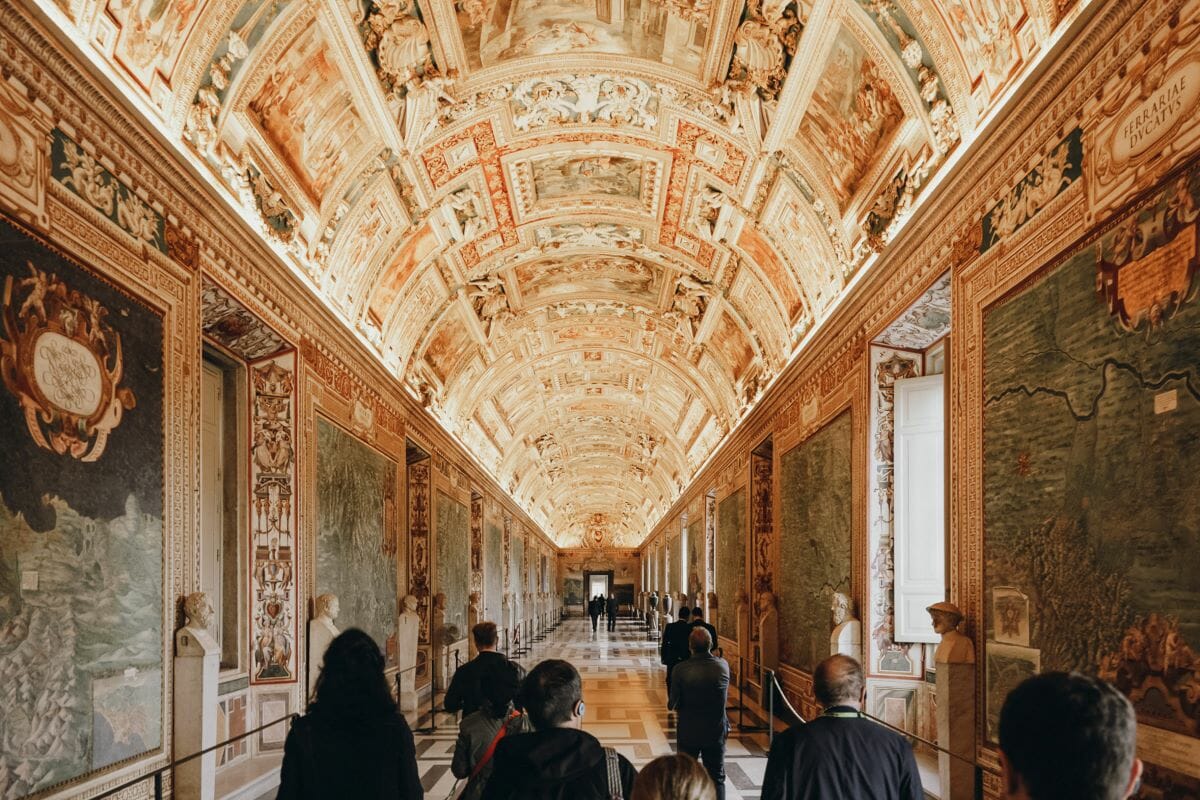
The Vatican Museums house an extensive collection of art and historical artifacts amassed by the Catholic Church over centuries.
Wander the Vatican Gardens
Few countries can boast that gardens take up half of their land, but the Vatican certainly can. Made up of three styles of gardens, Italian, English and French, the Vatican gardens are an oasis in the middle of the bustling Vatican City. The gardens date back to medieval times, while Pope Nicholas III was the first to enclose the gardens with walls and included an orchard
The Vatican Gardens have grown over time with sculptures, fountains, and dedications to saints. While they receive many visitors, only a fraction can enter due to guided tour restrictions. This is mainly due to the fact that entry to the gardens is restricted to those who have booked a guided tour led by official Vatican staff. However, this exclusivity offers a less crowded and special experience for the religious, secular, and beauty enthusiasts alike.
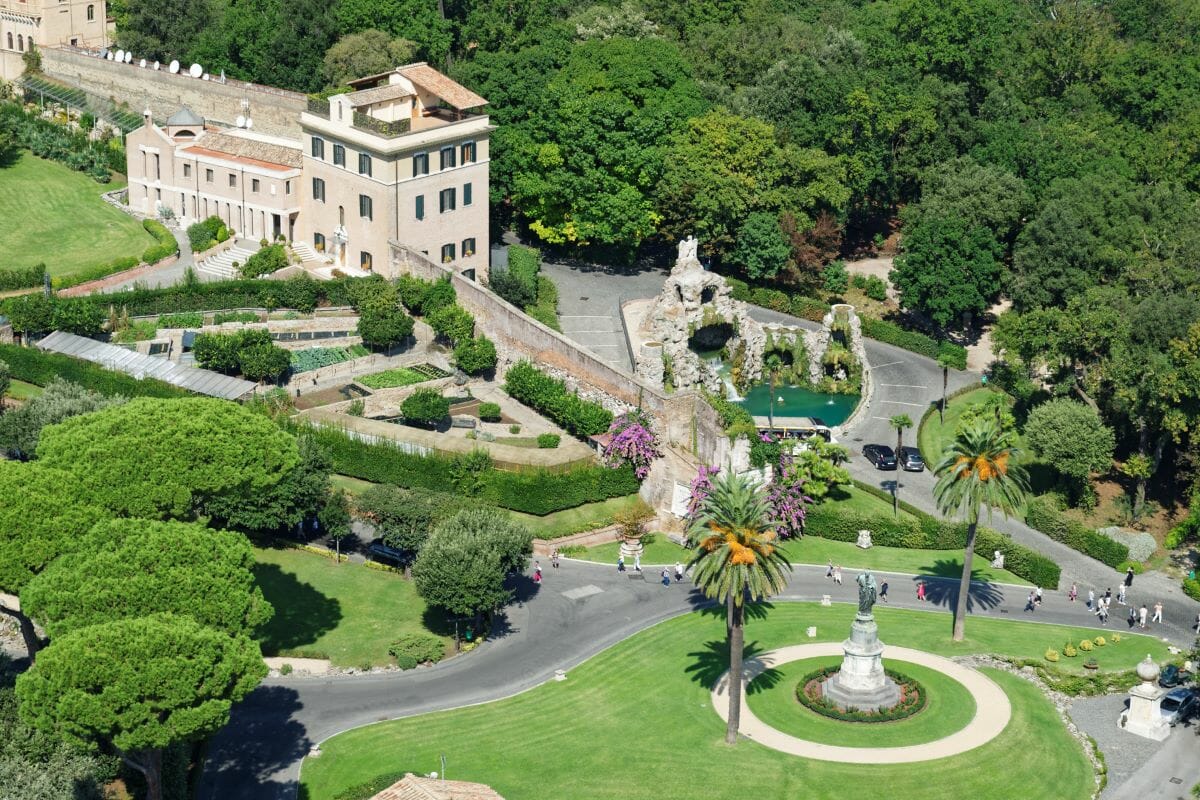
The Vatican Gardens, known as “Giardini Vaticani” in Italian, cover around 57 acres of land within Vatican City. Photo credit: Michal Hájek
Attend an audience with the Pope
If you’re lucky, you’ll be able to catch the Pope when he’s in town. When he is, visitors have the opportunity to attend the Papal Address and receive a Papal Blessing which is held in St. Peter’s Square during the summer months.
This event usually begins with some learnings said in multiple languages including Latin, English, Portuguese, Polish, German and Spanish among others. He’ll also bless significant items and extend blessings to relatives, especially if they are ill or deceased. While tickets to the audience (which are free of charge) are available by request from the Prefecture of the Papal Household, the Pope has emphasized that everyone is welcome to attend his address, regardless of whether they have tickets or not.
The seated section at the front of St. Peter’s Square is reserved for those with tickets but fills up on a first-come first-served basis, which is why even if you have a ticket, it’s a good idea to arrive early!
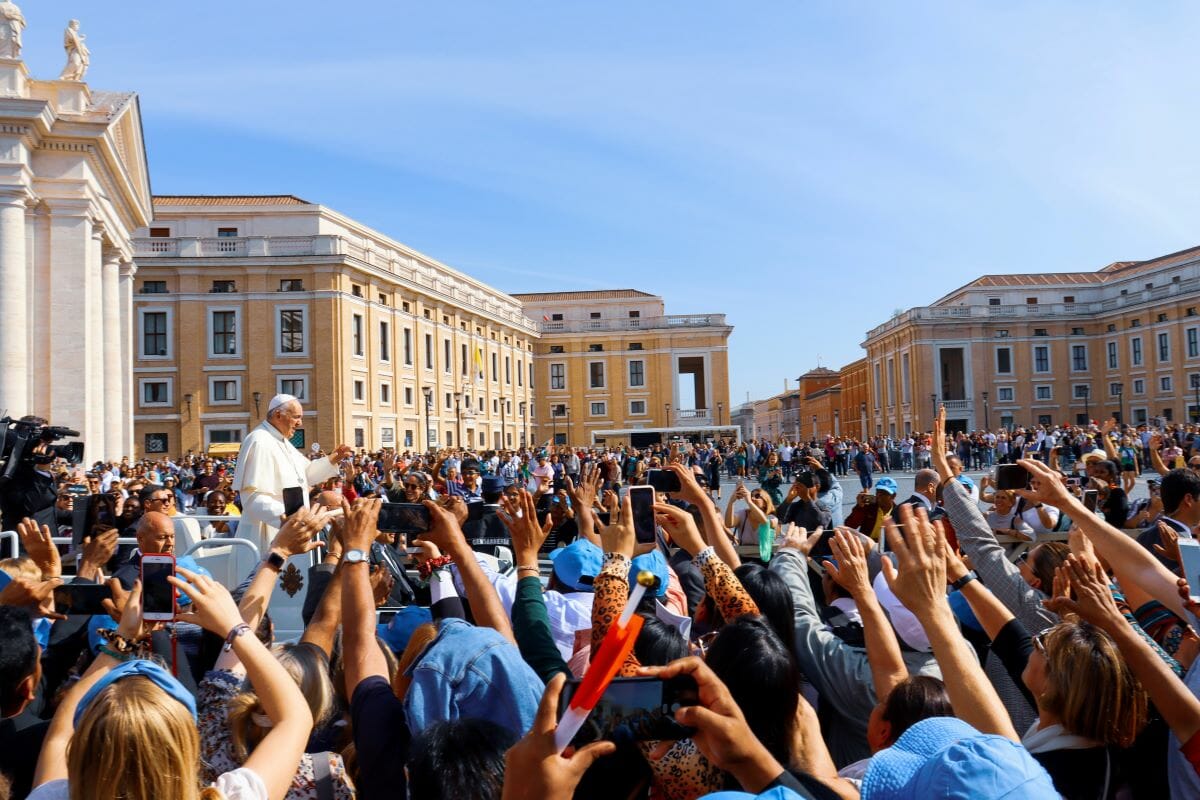
Public apperances by the Pope always attract huge crowds. Photo credit: Agatha Depine
See the Vatican Mosaic Studio
Tucked away in a small area within the Vatican are the Vatican Mosaic Studios. Though they might not be the most ornate rooms in the building, they produce some of the most beautiful works of art. The studios are dedicated to restoring the ten thousand square meters of mosaic to be found within Saint Peter’s Basilica, along with producing mosaics for individual collectors and the Pope who occasionally gifts them to heads of state.
The degree of artistry and care put into these works is acute, with pieces of mosaic being heated up to 800 degrees to form a unique color hue. Which is why the price for a bespoke mosaic can be very expensive.
You’ll only be able to access the studios on a privately guided tour, which is a small price to pay to witness Vatican artists at work.
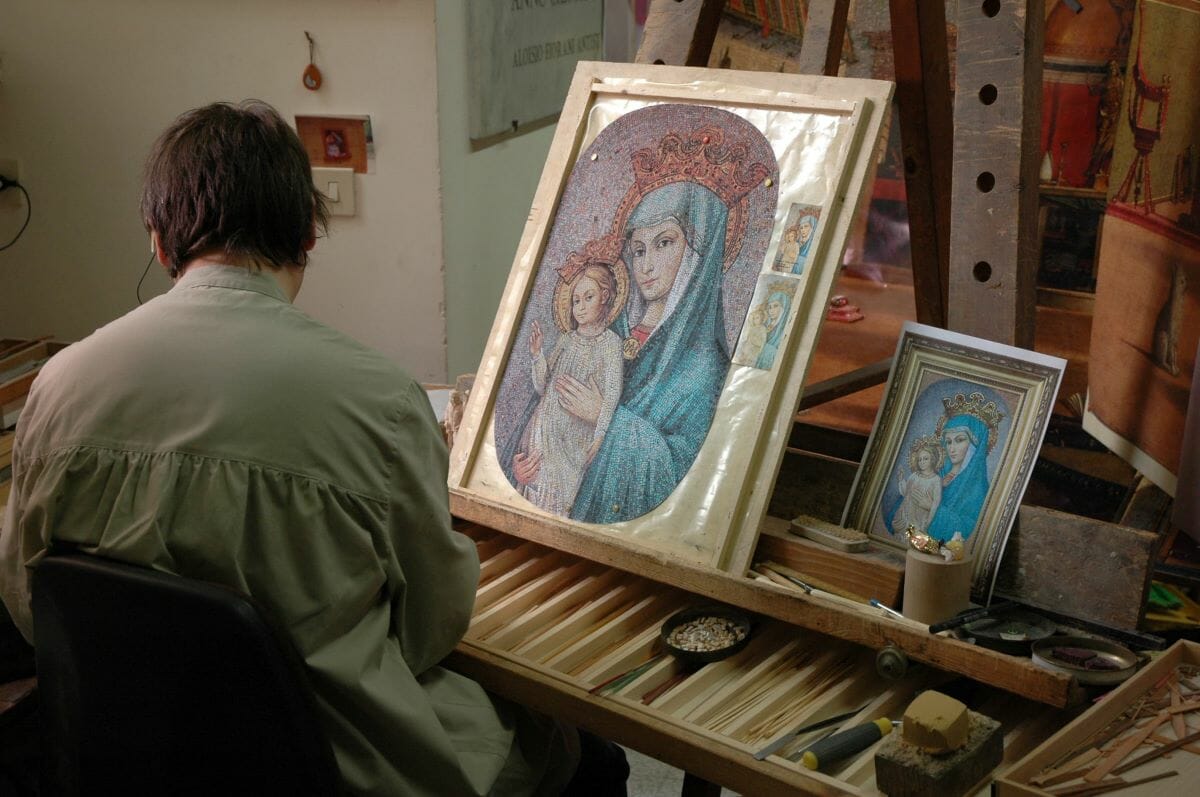
The Vatican Mosaic Studio creates intricate mosaics depicting religious scenes, figures, and symbols. Photo credit: Picture_To_Paint
Explore the Necropolis of the Via Triumphalis
Derived from Greek words necròs (dead) and pòlis (city), Necropolis means a “city of the dead”. Because Ancient Roman law forbid bodies from being buried within the city, these ancient cemeteries functioned as a sanctioned place for the dead within society, many of which have been found under significant sites around Italy.
The Necropolis of the Via Triumphalis forms an Ancient underground cemetery located beneath the Vatican Gardens. After extensive excavation and refurbishment, the site has been made into a museum with multimedia educational apparatus to provide information about its history and past life. You’ll also be able to see the burial chambers, mosaics and frescoes preserved from the ancient world.
If you have an interest in eerie attractions, Italy offers a plethora of haunted crypts, catacombs, and cemeteries for you to explore.
Insider’s tip: The Necropolis is only accessible when you book a tour which can be purchased from the official Vatican Museums website.
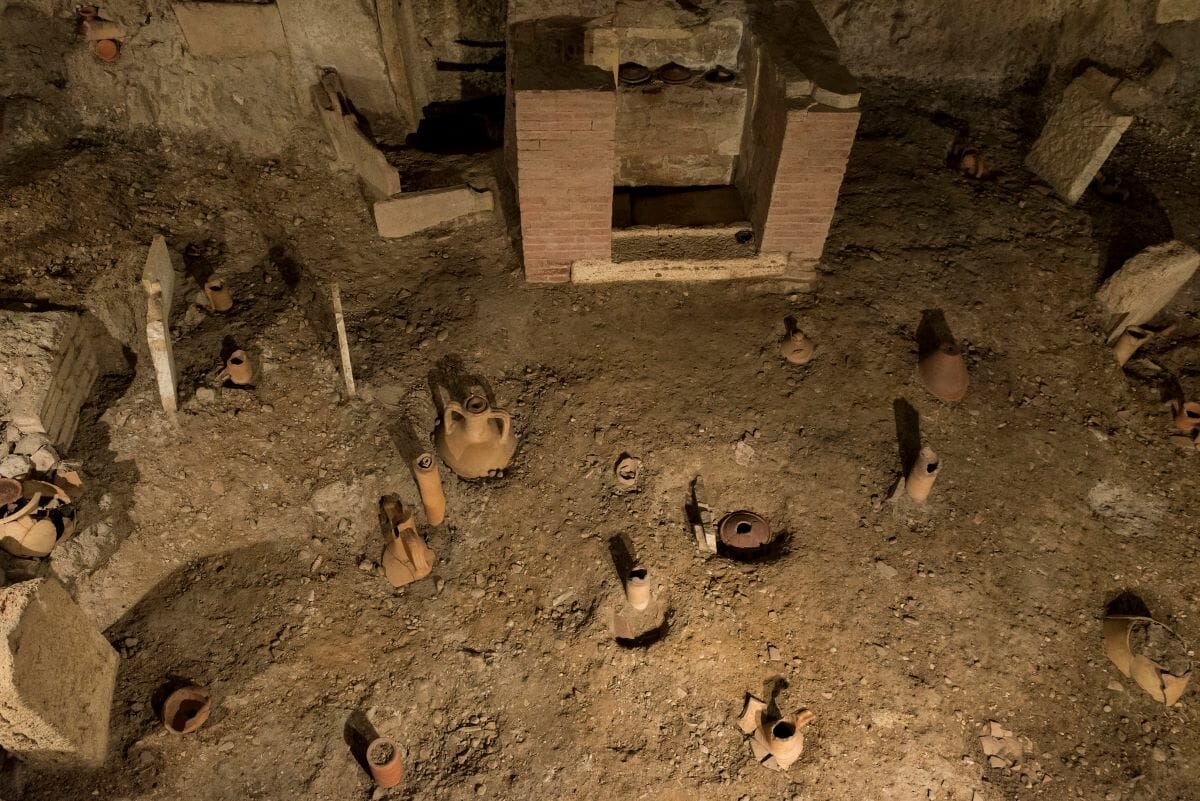
The Necropolis of the Via Triumphalis provides insights into burial practices and the daily life of ancient Romans. Photo credit: Egisto Sani
This post was originally published on February 2, 2020 and was updated on August 30, 2023.
by Aoife Bradshaw
View more by Aoife ›Book a Tour

Pristine Sistine - The Chapel at its Best
€89
1794 reviews

Premium Colosseum Tour with Roman Forum Palatine Hill
€56
850 reviews

Pasta-Making Class: Cook, Dine Drink Wine with a Local Chef
€64
121 reviews

Crypts, Bones Catacombs: Underground Tour of Rome
€69
401 reviews

VIP Doge's Palace Secret Passages Tour
€79
18 reviews

Legendary Venice: St. Mark's Basilica, Terrace Doge's Palace
€69
286 reviews









